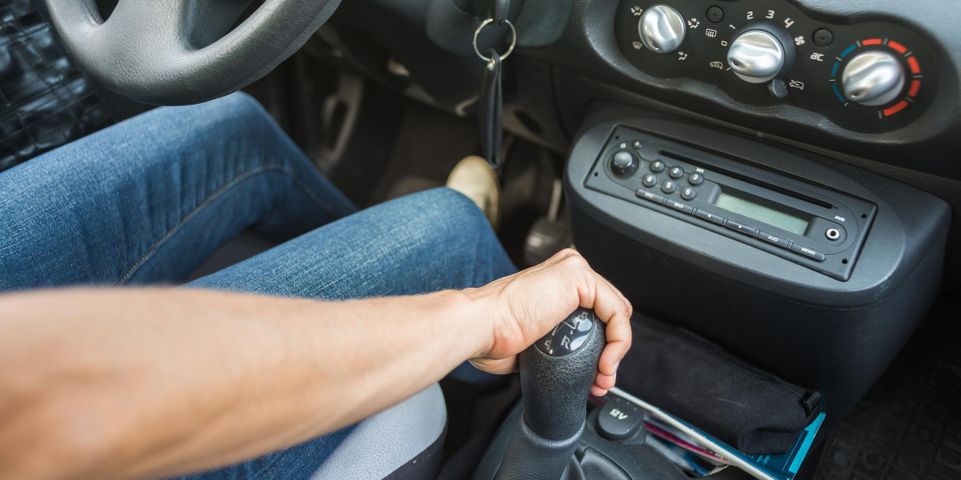What You Should Know About Manual Transmissions

Though most modern vehicles use an automatic transmission, there is no denying the appeal that manual options have for many drivers. But you need to know more than how to use a stick shift to drive a manual car. You must also learn how to care for this vital auto part.
Manual Transmissions FAQ
What are the advantages of a manual transmission?
In addition to helping you feel more connected to the vehicle while you drive, most manual cars offer improved fuel efficiency. A stick shift can also deter thieves, as not all drivers know how to operate a manual car.
Do my driving habits affect my transmission?
 A few simple driving habits will help you avoid transmission repair. Always fully engage the clutch when changing gears. You should also skip engine braking, and rely on the brake pedal to help you slow down instead. These habits will prevent excess wear on the gears.
A few simple driving habits will help you avoid transmission repair. Always fully engage the clutch when changing gears. You should also skip engine braking, and rely on the brake pedal to help you slow down instead. These habits will prevent excess wear on the gears.
What maintenance is needed for manual cars?
The most important maintenance task for your manual transmission is changing the fluid. It should typically be changed after 30,000 to 60,000 miles to prevent sediment buildup. Check the owner’s manual for exact specifications on your make and model car.
How can I tell if something is wrong with the transmission?
Be mindful of any performance issues that occur while attempting to shift gears. Common signs of trouble include hard shifts, a loud grinding noise while changing gears, or even slipping out of gear. Seek the input of a trained mechanic as soon as possible to avoid serious system damage or an accident.
Whether you need clutch replacement or a transmission flush, count on Northgate Transmissions in Cincinnati, OH to get the job done right. In business for over 30 years, their highly trained technicians adhere to the ATRA Member Code of Ethics to ensure your car receives reliable care. To learn more about their services, visit them online or call (513) 385-4400.
About the Business
(248 reviews)
Have a question? Ask the experts!
Send your question

